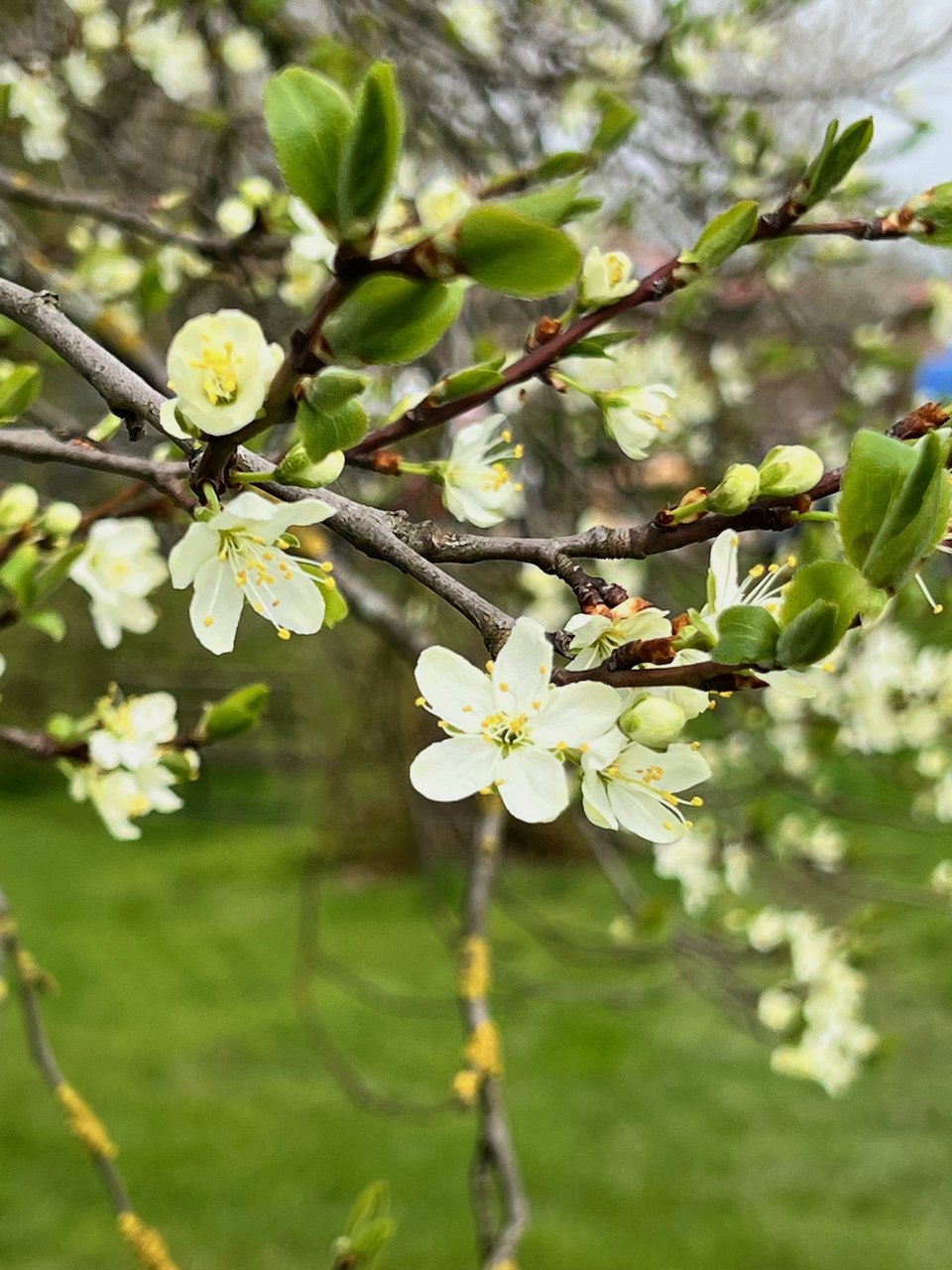We have introduced you in previous posts to our Christmas Angel. This Christmas night, we opened the Christmas Angel so that Hannah could gaze for the first time on the manger scene there. Perhaps it was the candles, or our silence, but Hannah was enraptured by the scene and gazed long at it before looking back to us. On this fourth day of Christmas we invite you to gaze with her at the scenes in the Christmas story. And, as Almut’s post for the Third Day suggests, look at the scene through the eyes of a child.
What if you, like the shepherds, kings, and other visitors long ago, were able to be there at the manger in Bethlehem? What would you look at? The baby? The mother? The animals? How would it feel? Would it change you? Today we want to lead you there, or perhaps, to help you lead yourself there. If you are too busy today to do this (we know the feeling), then bookmark this page and set aside 8-10 minutes sometime during the Twelve Days and come back here. Come back several times if the inspiration strikes you.
This exercise is based in the Jesuit practice of imaginative contemplation. Ignatius Loyola, the founder of the order, found that actively placing yourself in a story from the life of Jesus allowed the practitioner to explore their thoughts and feelings about the story in a way that deepened their relationship to the story, and opened up their reactions for careful acceptance, examination, and self-recognition.
Do this exercise with the Christmas story. The most complete version is found in Luke chapter 2, verses 1-21. If you want to concentrate on the Magi/Kings visit, read Matthew chapter 2, verses 1-12. To contemplate on the family’s flight into Egypt, read Matthew chapter 2 verses 13 to 16. Or read all these together to get a larger picture than most Christmas Pageants provide. But when it is time to settle down to contemplation, choose one scene in the story. Even one scene can be done many times with different and deeper results.
Imaginative Contemplation
To do imaginative contemplation, first settle into a time of devotion with a small ritual (a prayer, a candle, whatever seems practical and meaningful for you). Then, read the particular scene in the story slowly, concentrating on the people and images it evokes. Now comes a time of creative imagination: project yourself into the story. You can be a shepherd, or a late walker seeing the heavenly choir from afar, or a visitor at the manger, or hover secretly over the scene of Joseph and Mary packing hurriedly for Egypt. But this is most important: one must get imaginatively close and concrete. Smell the smells, feel the dust in one's nostrils, be the shepherd and bring a lamb, see the ways the hands move and the eyes glance, ask a question of, or say something to, someone in the story. You may find they reply. And when you are struck by something -- joyful, afraid, disgusted, sad -- then come close to that thing and that feeling to discover why. Ask yourself questions about your reactions, ask those in the story to speak to you. Finally, after this immersion in the story, end with a closing ritual, a prayer or time of silence.
To get a feeling for how this might be done, look at this poem that Almut wrote after doing this imaginative contemplation in front of the manger at St. John’s Abbey, without even reading the text. Then follow her example with the scene you select. We hope this exercise will help bring new life to the Christmas story and that it might help Christmas find you where you are.














